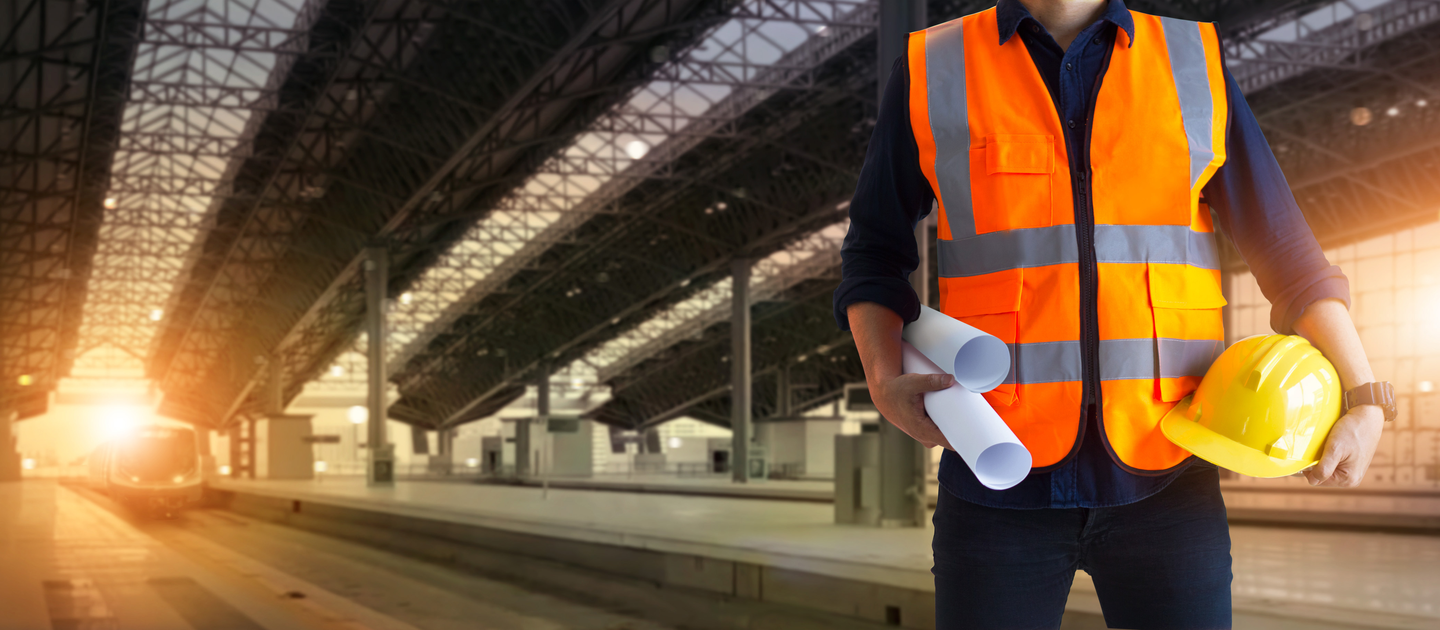Trains are built to last for 30-40 years, refurbishments in seats and floor carpets are changed in about 7 years. Interior design is a long-lead item in the train design lifecycle. So, OEMs want to get it done as efficiently and quickly as possible. However, due to the multiplicity of platforms and geographies, they want to reuse as much as possible with subtle changes depending on the requirements. Every small detail change creates a lot more changes in the sub-systems and causes a delay that increases the time to market. For every small delay the OEMs have to pay hefty sums as penalties.
Some interior parts are long-lead items that take time for manufacturing due to complicated tooling requirements. So, we need to be early in design and procurement.
QuEST has successfully completed many trains by now u2013 platform solutions for automatic people mover (APM), also we work exclusively on trams for many cities. We have done fleets for metro trains for multiple cities, suburban trains and long-distance trains. QuEST has the advantage of reading across solutions & best-practices from one fleet to another and one region to another. The engineers have a good amount of exposure as they get to work on different platforms. QuEST has end to end solutions on all of the interior sub-systems u2013 be it ceilings, sidewalls, floor, seating systems, grab-rails, electrical cabinets, emergency cupboards, in-train trim panels or gangway trim panels.
We bring in the advantage by working on all these platforms and geographies. We bring in the best-practices and support this reuse in order to reduce the overall cycle time. We are supporting the sub-systems in and around interior as well. For e.g. the interior and the electrical subsystems go hand in hand.
GMRT2100 is the structural standard we conform to other than aesthetics.

